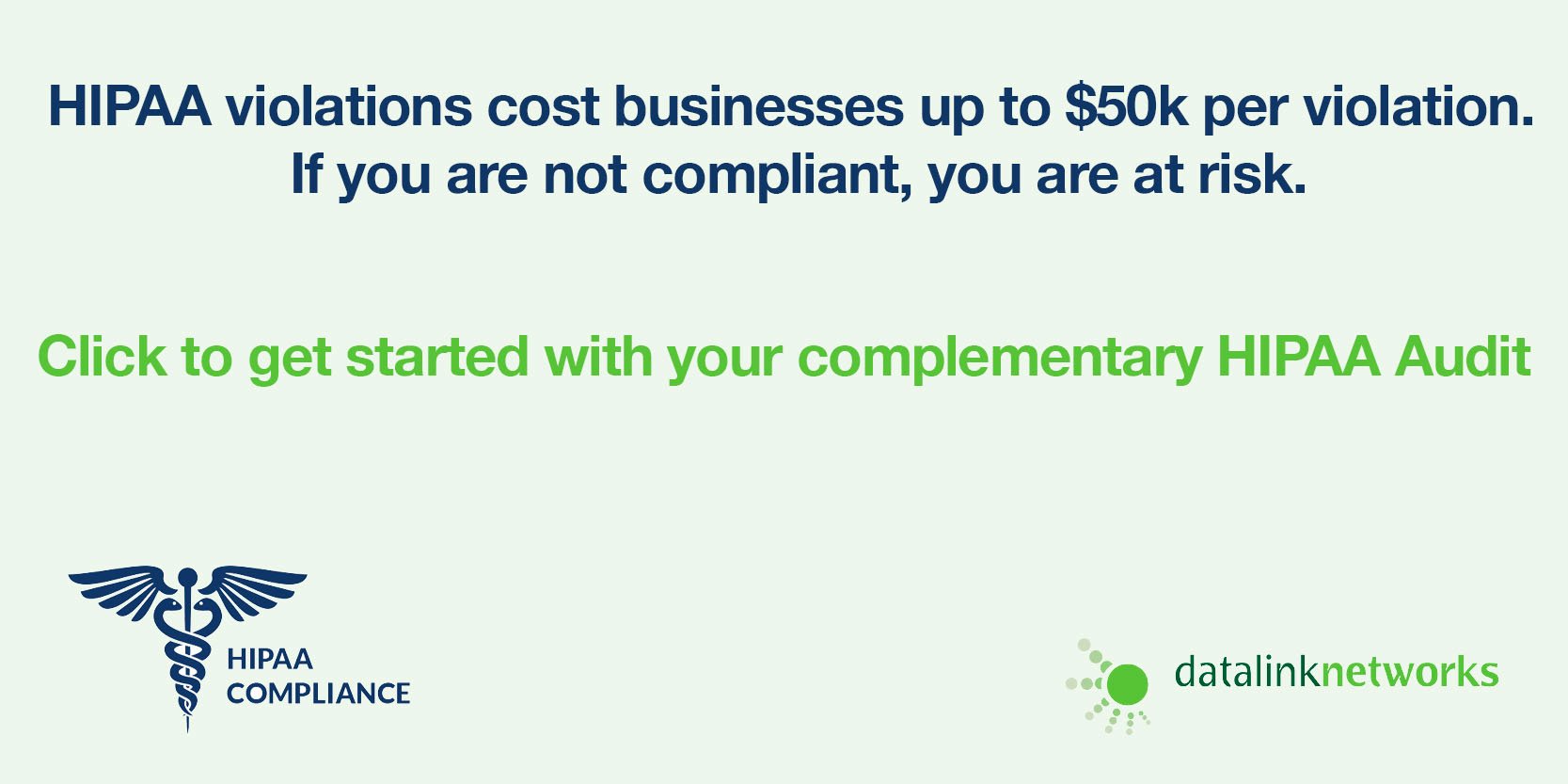Protect Your Business With HIPAA Compliance
HIPAA, or the Health Insurance Portability and Accountability Act, is a federal law designed to protect the privacy of personal health information. With so many different requirements for healthcare organizations and providers, it can be difficult to keep track of what is most important. However, understanding the basics of HIPAA compliance requirements is essential for any organization that deals with protected health information (PHI). In this blog post, we’ll cover the most important HIPAA compliance requirements and explain why they are so crucial. We’ll also discuss some best practices for ensuring your organization remains compliant with HHS regulations.
What are the 4 most important parts of HIPAA?
The 4 most important parts of HIPAA are the Privacy Rule, the Security Rule, the Breach Notification Rule, and the HIPAA Omnibus Rule.
The Privacy Rule protects the confidentiality of patient health information. It sets standards for how patient health information can be used and disclosed.
The Security Rule establishes security standards to protect electronic health information. It requires covered entities to have in place physical, technical, and administrative safeguards to protect electronic health information from unauthorized access, use, or disclosure.
The Breach Notification Rule requires covered entities to notify individuals when their unsecured PHI has been breached. Individuals must be notified within 60 days of the discovery of a breach.
The HIPAA Omnibus Rule sets forth procedures for investigating and penalizing covered entities that violate HIPAA rules.
The HIPAA Privacy Rule
The HIPAA Privacy Rule is one of the most important compliance requirements for healthcare organizations. The Rule establishes national standards for the protection of patient health information. It requires covered entities to develop and implement policies and procedures to ensure the confidentiality, integrity, and security of patient health information. The Rule also gives patients the right to access their own health information and to request restrictions on how that information is used or disclosed.
The Rule has been a major factor in improving the security and privacy of patient health information. The Rule gives individuals control over their personal health information, and ensures that organizations are held accountable for its secure handling. Additionally, by increasing the protection of medical data, the Rule helps to prevent identity theft and other forms of fraud or abuse.
The HIPAA Security Rule
The HIPAA Security Rule is the most important of the HIPAA compliance requirements. This rule requires covered entities to implement physical, administrative, and technical safeguards to ensure the confidentiality, integrity, and security of electronic protected health information (ePHI).
Physical safeguards include measures to protect electronic equipment from natural and environmental hazards, as well as unauthorized access, destruction, or theft. Administrative safeguards are policies and procedures implemented to prevent, detect, contain, and correct breaches of ePHI. Technical safeguards are measures used to protect ePHI from unauthorized access or disclosure.
There are four main types of technical safeguards: (1) data encryption and decryption; (2) user authentication; (3) data backup and storage; and (4) activity logging. Data encryption is the most effective way to protect ePHI from unauthorized access or disclosure. User authentication is a process that verifies that a user is who they claim to be. Data backup and storage ensures that ePHI can be recovered in the event of a system failure or data loss. Activity logging tracks user activity in systems containing ePHI.
The HIPAA Breach Notification Rule
The HIPAA Breach Notification Rule, which went into effect on September 23, 2009, requires covered entities to provide notification following a breach of unsecured protected health information. The Rule was promulgated under the HITECH Act, and significantly strengthens the protections for patient data by mandating timely notification in the event of a data breach.
In order to be in compliance with the Rule, covered entities must provide notification to affected individuals, the Secretary of HHS, and, in certain circumstances, the media. The notification must be made without unreasonable delay and no later than 60 days following the discovery of a breach.
When providing notification to affected individuals, covered entities must include a description of the types of information that were involved in the breach, as well as contact information for a designated individual or office that can answer questions about the incident. The notice must also advise individuals of their right to file a complaint with OCR if they believe their rights have been violated.
Covered entities are also required to maintain a log of all breaches of unsecured protected health information that occur after September 23, 2009. This log must include all pertinent information about each incident, such as the date of discovery, number of individuals affected, and steps taken to mitigate harm.
The HIPAA Omnibus Rule
The HIPAA Omnibus Rule was released in 2013 and made several changes to the HIPAA Privacy, Security, and Enforcement Rules. The most notable change was the addition of the requirement for covered entities to provide patients with access to their electronic health information. Other important changes included updates to the definition of a breach, additions to the list of permissible disclosures without patient authorization, and changes to the requirements for business associate agreements.
The Omnibus Rule also sets forth procedures for investigating and penalizing covered entities that violate HIPAA rules. The Department of Health and Human Services Office for Civil Rights (OCR) is responsible for overseeing the enforcement of HIPAA rules and can impose civil monetary penalties on covered entities found to be in violation. These penalties may range from a minimum of $100 per violation up to a maximum of $50,000 per violation, with an annual cap of $1.5 million.
Is there a specific HIPAA compliance checklist for IT?
Yes, there is a specific HIPAA compliance checklist for IT. This checklist covers the administrative, physical, and technical safeguards that must be in place to ensure HIPAA compliance. Some of the key items on the checklist include:
- ensuring that all electronic protected health information is properly secured
- implementing security measures to protect against unauthorized access to electronic PHI
- having a process in place for encrypting and decrypting electronic PHI
- ensuring that all devices that can access PHI are password protected
- having a formal policy in place for updating and patching software and systems
meeting all of these requirements is critical for maintaining HIPAA compliance. Failure to do so could result in hefty fines and penalties.
What are the Penalties for HIPAA Violations?
The penalties for HIPAA violations can be severe. The Department of Health and Human Services (HHS) can impose civil penalties of up to $50,000 for each violation, with a maximum of $1.5 million for all violations of an identical provision within a calendar year. The HHS can also impose criminal penalties of up to $250,000 and/or up to 10 years in prison.
In addition to civil and criminal penalties, the HHS can assess administrative penalties against organizations and individuals who fail to comply with HIPAA regulations. Administrative penalties can include corrective action plans, corrective action orders, civil money penalties, and exclusion from participation in federal health care programs.
Conclusion
HIPAA compliance is an essential part of any health care organization's operations. By following the HIPAA Privacy Rule and Security Rule, organizations can safeguard their patients' protected health information (PHI) as well as provide necessary services to them in a secure manner. The most important HIPAA compliance requirements are: maintaining safeguards for electronic PHI, providing patient access to their records, developing procedures for breaches of PHI, and conducting regular risk assessments. In order to meet these standards, healthcare organizations need to understand both the federal rules and regulations surrounding HIPAA compliance as well as ensure that they have proper processes in place that meet all applicable requirements.




